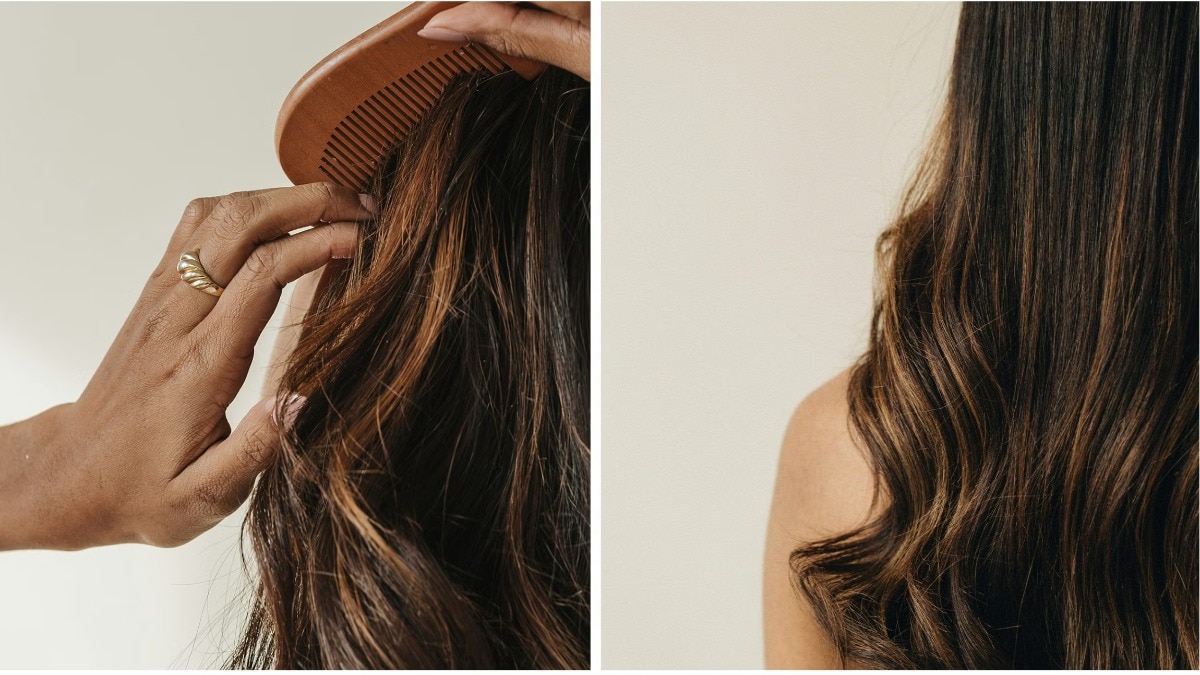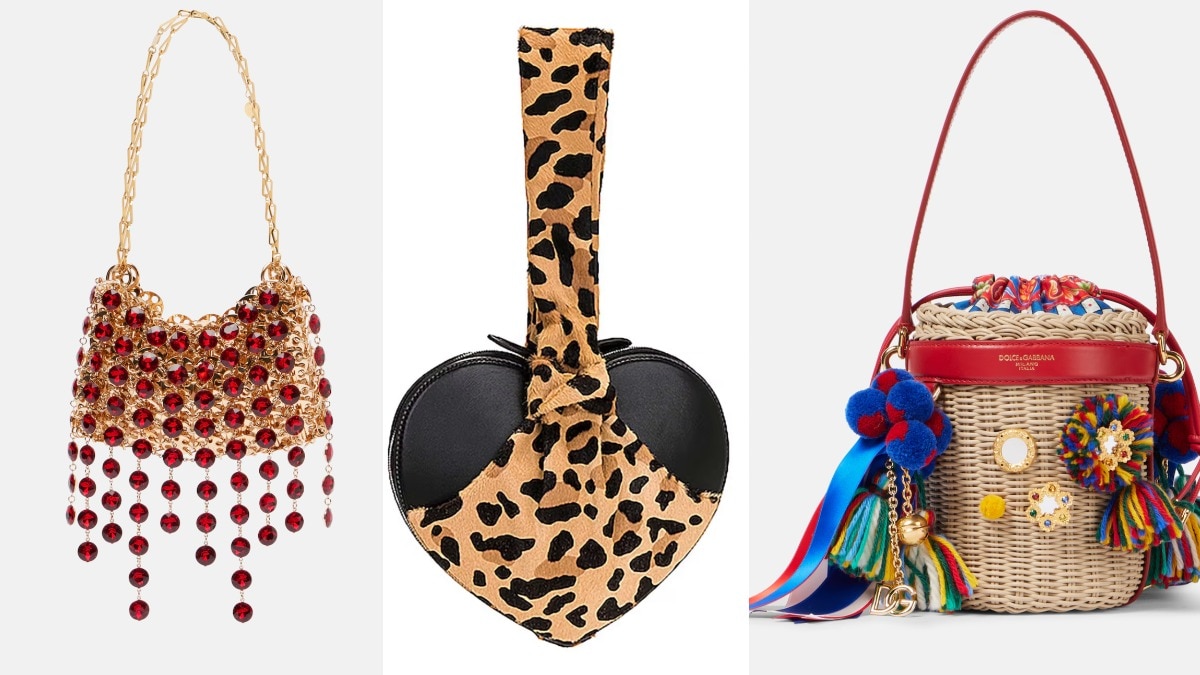
Should you be buying the beauty products that social media is selling?
TikTok has turned the average influencer into a dermatologist—and they’re telling us to do some pretty wild things to our skin and hair.


Imagine a world in which, instead of consulting a GP about the health of your heart, you consulted your smartphone—and took the advice of an enthusiastic influencer. If such a scenario sounds farcical, when it comes to your skin, it’s already playing out. Thanks to the influence of TikTok and Instagram, we’ve subjected our largest organ (not to mention our hair and nails) to countless fads and remedies promising to solve everything from dryness and acne, to breakage. And the question the Women’s Health beauty team gets asked about each one: is this really a good idea? To answer it once and for all, we consulted dermatologists, along with hair and nail experts, to bring you the low-down on five social media beauty trends. Scroll away.
Skin cycling

Coined by Whitney Bowe, a New York-based dermatologist, skin cycling looks like a four-evening skincare routine. It might involve one night of chemical exfoliation (with an acid such as glycolic or salicylic), one night using a collagen-boosting retinoid, followed by two consecutive nights of recovery (with a hydrating moisturiser that contains either hyaluronic acid or squalene). After that, the process is repeated. "Most people assume more is better when it comes to using active ingredients—and we’re seeing a lot of red, irritated skin as a result," says Dr Bowe. Skin cycling gives your face a break from those effective, but potentially irritating, ingredients
GOOD IDEA?
Anything that forces overzealous skincare buffs to press pause on hardcore active ingredients is a win, says cosmetic dermatologist Karan Lal. But if you’re looking for, say, noticeable line-smoothing, it may not be for you. "Using a retinoid or exfoliant once or twice per week isn’t going to do much," he adds. "It’s a starting point that allows your skin to become accustomed to products, but you should be using some of these several times per week and, in some cases, nightly."
Nail Slugging

This one’s all about keeping your cuticles in good condition. You’ll exfoliate your nails with a scrub, massage them with cuticle oil and lock in moisture with a thick ointment, says dermatologist Dana Stern. Then leave it on overnight to remedy dryness and dehydration from handwashing, dish washing and swimming.
Good idea?
That’s a strong yes. Your cuticles are important to the overall health of your nails, so anything that nurtures them and helps maintain their integrity is a smart move. "Think of your cuticle as the grout in the shower: it keeps bad stuff out, preventing infection," says Dr Stern. ‘But when that seal is removed or becomes dry and dehydrated, it can allow water and bacteria to enter the nail bed, which can lead to a whole host of issues, including chronic paronychia, which is redness and swelling of the skin behind the cuticle.’
You’ll want to slug at least once a week to help reduce your risk of this. And remember: never allow your cuticles to be cut and removed at the nail salon.
Hair Cycling

This is the process of creating a shampoo, conditioner, and treatment routine to support your hair type and texture, says celebrity hairstylist Harry Josh. Your unique regimen is typically a routine that incorporates ‘rest days’ throughout the week to minimise scalp irritation caused by product overuse. A common routine might look like a scalp exfoliating treatment, sulphate-free shampoo, hydrating conditioner and hair serum or oil on day one, according to both Josh and trichologist Helen Reavey. Day two includes a wash with the same shampoo, followed by a thick hair mask and a leave-in conditioner. Rest on day three, then repeat the cycle
Good idea?
There’s no science to support it, but it won’t harm your hair. "It’s a myth that you shouldn’t shampoo often," says Reavey, so creating a washing schedule is great. "Dead skin, pollution, and sweat can all weaken the hair shaft." Just don’t go overboard—too many products can weigh your hair down, says Josh. Instead, stick with streamlined steps such as the ones outlined above.
Hair Contouring

Sculpting cheekbones via your hair colour? That’s the promise of this trend, in which "colour is placed in specific areas with the goal of complimenting the contours of your face", says Crystella Lopez, lead colourist at the custom hair colour company eSalon. Subtle balayage highlights may be added to visually widen a narrow face, or darker lowlights can be painted mid-shaft and below to draw the eye lower and to elongate. And because of its precise application, the result of hair contouring can look quite different from other colour services. "Chunky highlights create big contrast around the face, whereas hair contouring is a more natural and softer look," says Lopez. "Since hair contouring can be applied using a freehand style, it can create a very blended look."
Good Idea?
If an understated look is what you’re after (your reveal may not be super dramatic), this trend is for you. Hair contouring works on all colours since your base colour will only be shifted by a couple of shades. The effect is subtle, so the colour should grow out well, making maintenance a breeze. One caveat, though. "Brass will be your biggest enemy, especially on darker hair," says colour specialist Mirko Vergani. "That’s why it’s important to use blue or violet shampoo to neutralise any unwanted yellow tones."
Skin flooding

This phrase refers to a specific four-step layering routine meant to infuse parched skin with a boost of moisture. First, you wash with a gentle cleanser. Next, apply your first layer of moisture in the form of a hydrating toner, essence or mist. Follow up with a hyaluronic acid serum of your choice (HA is the superstar ingredient here) and finish with a thick, emollient moisturiser. "Hyaluronic acid is great at attracting hydration, but it’s not quite as good at keeping it there," says dermatologist Joshua Zeichner. "That’s why it’s so important to layer a traditional moisturiser on top as the last step."
Good idea?
The risk of seriously messing up your outer layer is low, but the more products you pile on, the greater your risk of irritation. In fact, personal-care product use has contributed to a significant increase in both allergic and irritant contact dermatitis, according to a decade-long study published in the Journal Of The American Academy Of Dermatology. And while the typical skin flooding routine may not seem like overkill, once you factor in all the products, you could end up applying up to 100 different ingredients to your skin in those four steps—and there’s no telling which of those could cause a reaction. There’s also no science to support the idea that three separate moisture steps will produce better results than one great moisturiser.
"There are a lot of creams out there that contain hyaluronic acid or sodium hyaluronate," says Dr Lal. "So you don’t need to skin flood if you have one product with all of the necessary components, which most moisturisers now do."
This piece originally appeared in the November 2023 print edition of Women's Health UK.










